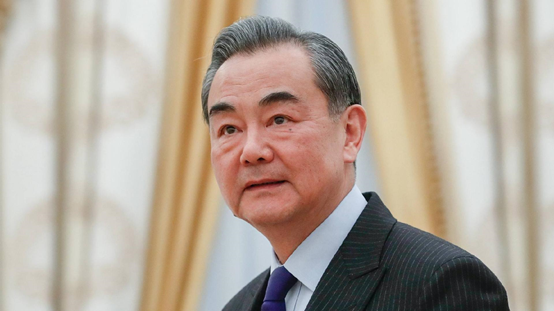Chinese President Xi Jinping’s trip to Astana for the second China-Central Asia Summit brought renewed energy to regional ties. Against a backdrop of global uncertainty, Xi and five Central Asian heads of state sealed over 100 cooperation outcomes, signaling a joint commitment to peace, development and shared prosperity.
Renewed Friendship Through the China-Central Asia Spirit
At the heart of the summit was the unveiling of the “China-Central Asia Spirit,” which calls for mutual respect, deep trust, win-win cooperation, timely support and solidarity through thick and thin. Leaders agreed this framework will guide future collaboration and strengthen the bond between the Chinese mainland and Central Asian nations.
Six Priorities for High-Quality Growth
Designating 2025 and 2026 as the Years of High-Quality Development, participants mapped out six priority areas: smooth trade, industrial investment, connectivity, green mining, agricultural modernization and talent exchanges. An action plan for Belt and Road cooperation, witnessed live by Xi and his counterparts, marks the first time such documents were signed with an entire neighboring region.
China remains the top trade and investment partner for its Central Asian neighbors. All parties rejected tariff wars and protectionism, reaffirming that trust-based economic ties drive long-term growth. To bolster local capacity, Xi announced three new cooperation centers—focused on poverty reduction, education exchange and desertification control—and pledged 3,000 training slots over two years.
People-to-People Ties: Culture, Education and Beyond
Leaders also signed a treaty on eternal good-neighborliness, enshrining everlasting friendship in law. New sister-city agreements pushed the number of paired cities past 100, fulfilling a goal set three years ago. Exchanges in culture, subnational governance and tourism promise to deepen connections and enrich lives across borders.
Reference(s):
FM: Xi's Astana trip renews friendship, charts course for development
cgtn.com

